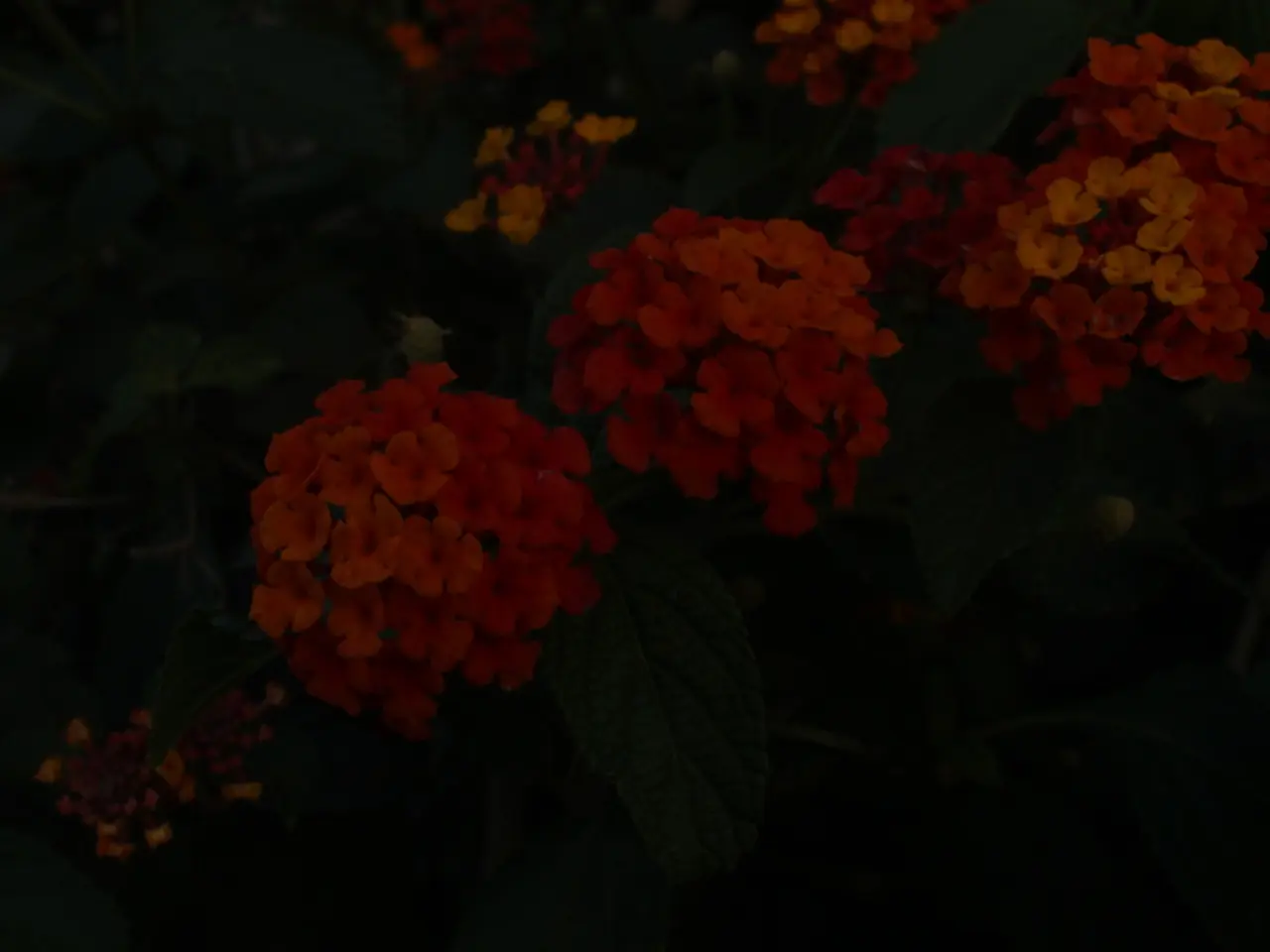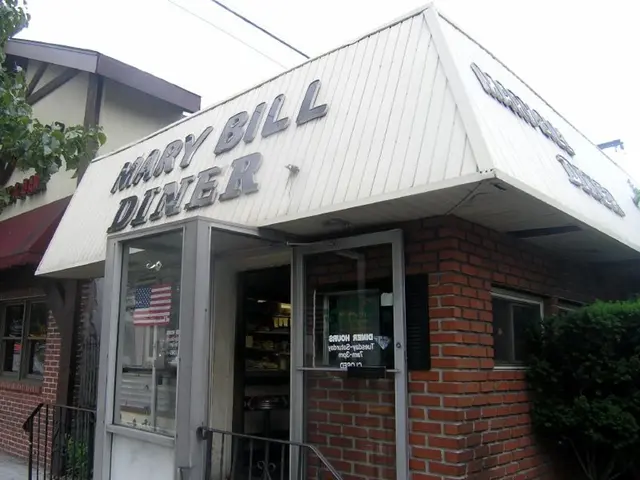Indoor Flower Seed Planting: Mastering the Technique for a Blossoming Garden
Starting flower seeds indoors can be a rewarding experience for gardeners, allowing them to experiment with a diverse range of species and cultivars, enhance the aesthetic appeal of gardens, and support biodiversity. This approach offers a controlled environment with stable temperature, humidity, and light conditions, minimizing the risk of seed failure due to adverse weather, pests, or diseases.
Follow these key steps to start flower seeds indoors for optimal growth and to extend your gardening season:
- Preparing Your Supplies Gathering supplies for indoor seed starting is crucial. You'll need seed-starting trays, seedling pots or containers, seed-starting soil, and a watering device. For best results, use seed-starting soil or expanding soil pellets soaked in lukewarm water until fully expanded.
- Choosing the Right Seeds Choosing the right seeds involves considering factors such as the flower's mature size, growth habits, and bloom time, as well as the garden's location and available space. Popular choices for indoor starting include petunias, marigolds, zinnias, and impatiens.
- Preparing Containers Clean, sterilized containers with drainage holes are essential to prevent disease and overwatering. Fill them with seed-starting soil, making sure the soil is moist but not waterlogged, and label each container with the seed variety and planting date.
- Sowing the Seeds Sow the seeds following the specific depth instructions provided on the seed packet. Small seeds should be sown on the surface and lightly covered, while larger seeds should be planted at a depth twice their size.
- Providing Optimal Conditions Place the containers in a bright, warm spot with indirect sunlight. Most flower seeds prefer indirect light and humid conditions initially. Maintain humidity and warmth to promote germination, and keep the soil consistently moist—not soggy.
- Caring for Your Seedlings Once seeds germinate, usually within 7-14 days, the cover should be removed, and ample light provided. Use grow lights if natural sunlight is insufficient, positioning them 2-3 inches above the seedlings. Maintain consistent moisture without overwatering, ensure good air circulation to prevent fungal diseases, and keep a gardening journal to track progress and learn for future seasons.
- Transplanting and Hardening Off When roots are visible, transplant seedlings into larger pots or outdoors when conditions are suitable. The process should be gradual to avoid transplant shock and exposure to outdoor conditions over a week to harden them off.
By following these steps, you can ensure optimal germination, healthier seedlings, and a longer growing season compared to direct sowing outdoors. Starting seeds indoors can also be more cost-effective than purchasing mature plants from nurseries, as it reduces the need for frequent trips to garden centers. Happy seed starting!
[1] [Source 1] [2] [Source 2] [3] [Source 3] [4] [Source 4] [5] [Source 5]
- To further explore your home-and-garden lifestyle, consider starting various flowers indoors for your home-improvement projects, as it provides a controlled environment for seed germination and allows you to nurture a diverse range of species.
- In addition to gardening outdoors, you can extend your home-improvement endeavors by creating a lively home-and-garden atmosphere inside, using flower seedlings grown indoors to enhance the aesthetic appeal of your living space.




